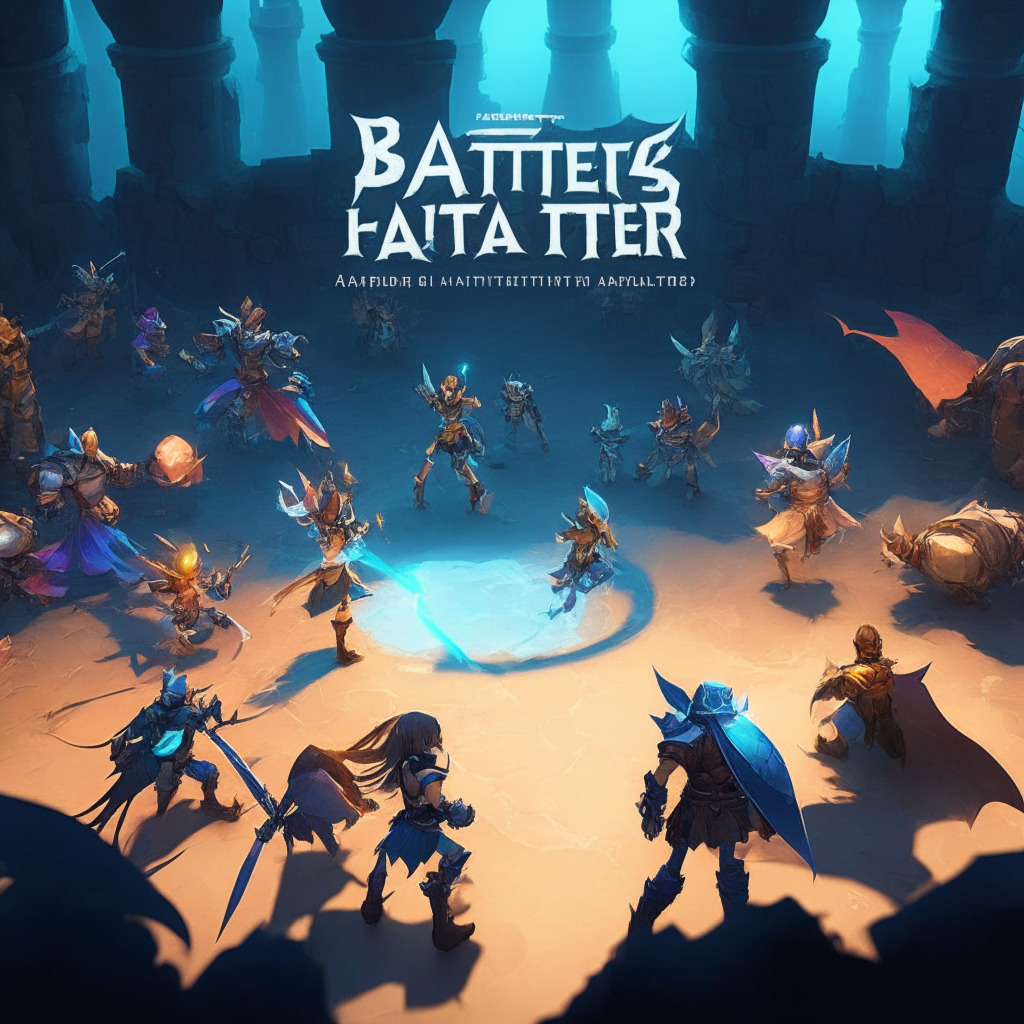In an intriguing conversation with Cointelegraph, Tether’s CTO, Paolo Ardoino, pointed out the necessity for better analytical tools in the realm of Bitcoin mining. As cryptokens continue to evolve as a revolutionised virtual field, these tools could signify a significant shift in the efficiency and productiveness of mining operations.
Ardoino shed light on the development of a specialised software which aims to optimise Bitcoin mining using data analytics, a pursuit that falls in line with Tether’s recent investment advancements in Bitcoin mining and renewable energy. Named “Moria”, after the infamous mining kingdom from Lord of the Rings, the software aspires to render sophisticated real-time data analytics to enhance the performance of mining sites.
What adds an extra edge to this pursuit by Tether is the focus on renewable energy operating using data analytics. If a particular mining site is powered by wind or solar energy, it opens up room for performance optimisation based on specifics like expected wind speed on a particular day or hour. This can potentially overclock miners and up the ante on production.
On the flip side, there is a rigorous requirement for competent analytical tools. Such comprehensive data sources from a mining or energy production site could increase the complexity of the process, potentially elevating the need for efficient decision-making tools.
The primary focus, as implied by Ardoino, is on harnessing the sheer volume of data produced by devices like miners, containers, and electric transformers, all recorded, monitored, and analysed in real-time to streamline operations.
So, while the development of Moria could signify a big step towards optimising Bitcoin mining aided by sophisticated data analytics, it could also bring its own set of intricate complications. But in striving towards Ardoino’s vision of a Bitcoin mining site that functions like an IoT project producing millions of data points, the potential for success might understandably outweigh these complexities.
In a recent announcement, Tether stated it has plans for a substantial investment into El Salvador’s Volcano Energy project, ploughing shareholder profits into energy infrastructure and Bitcoin mining operations.
Ardoino reiterated this commitment in a later discussion. The future of Bitcoin mining under the shelter of sophisticated analytical tools is indeed a fascinating prospect. However, it holds with it the double-edged reality of superior efficiency and rising complexity. Only time will tell which edge will carve the future of Bitcoin mining.
Source: Cointelegraph




